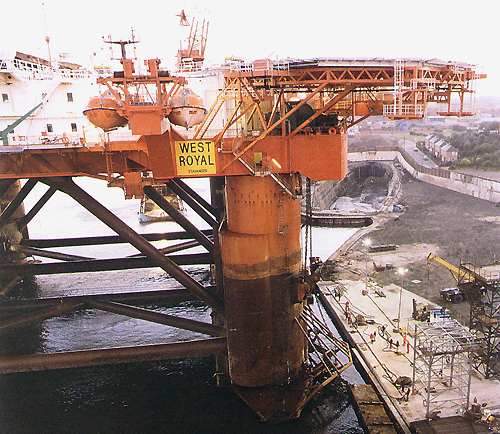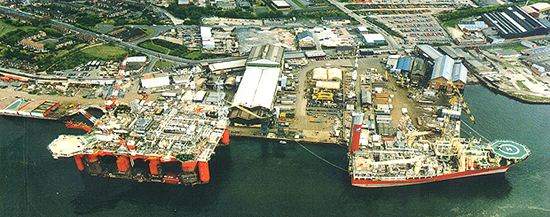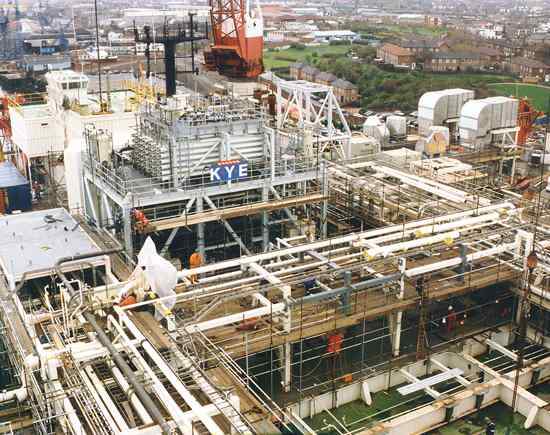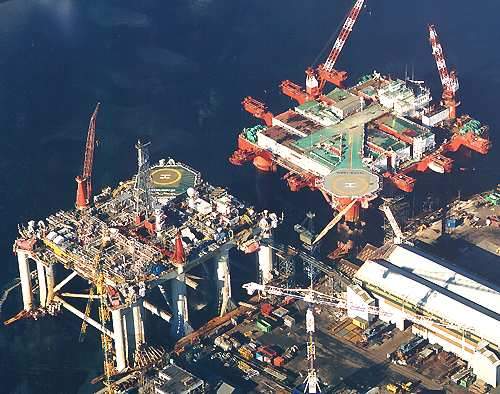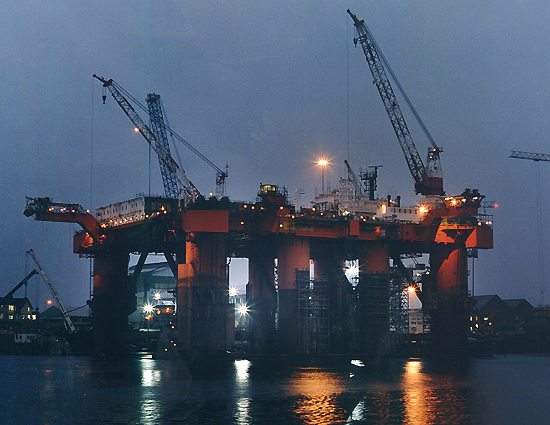The Janice oil field is located in the first-round block 30/17a, licence number P032, in the Central North Sea. It lies approximately 175 miles east-south-east of Aberdeen, 5km to the south of BP’s Clyde platform and 12km away from Shell’s Fiulmar field. The field lies in a water depth of 80m.
Discovery and geology
The field was discovered in 1990 with a well drilled by Phillips Petroleum, using the semisubmersible Dixilyn Field 96. Kerr-McGee acquired an interest in the licence block in 1995. It earned a total interest of 50.9% through drilling two successful appraisal wells during 1995 and 1996. A third successful appraisal well was drilled in late 1996. Kerr-McGee became the operator in May 1996. The producing horizon lies in the Jurassic section.
Development
In early August 1997, the management of the Janice field gained partner approval. In mid-September, the UK Department of Trade and Industry (DTI) followed this by granting the field Annex B development approval. The field was to be developed using horizontal and high-angle oil-production and water-injection technology.
Reserves
Recoverable reserves are estimated at more than 70 million barrels of 37° API gravity crude oil, and production was expected to peak by the first half of 1999. Extra processing capacity is available to allow Janice to serve as a hub for future developments.
Drilling
The Janice development plans envisage ten subsea wells, tied back to a floating production unit (FPU) using individual flowlines and risers. Of the ten wells, six are intended to be oil producers, while four have been planned as water injectors. This configuration will maximise the economic reserves and deliver the peak production forecasts of 50,000 gross barrels of oil per day.
FPU
The development of the field is being carried out by the FPU Janice A. This is based on the Aker H3.2 semisubmersible vessel, previously known as the West Royal, which was purchased by the co-venturers from Smedvig. The unit was a self-propelled offshore semisubmersible unit, first used as a floating accommodation vessel. The structure weighs 18,000t.
The West Royal was transported from Dommness, in Norway, to Aker McNulty’s South Shields yard on the Tyne, where the fabrication of the topsides and upgrade of the marine systems were carried out, so as to convert it for oil and gas production. The unit’s buoyancy and stability characteristics were enhanced to support the additional production facilities.
Crew
A crew of approximately 30 will operate and maintain the production and marine equipment.
Production
Janice has been developed by recompleting two of the existing appraisal wells, as well as drilling an additional production well and a water-injection well for the production start-up. Up to seven additional wells have been also planned. Wells are located in a single subsea cluster, which is 450m south-east of Janice A.
Aberdeen-based Coflexip Stena Offshore was awarded the contract for the installation of a mid-water arch design, in order to support the risers and umbilicals connecting the subsea installation to the Janice A platform.
One feature of the design is the use of a riser bend limiter and a hold-back clamp, tethered to a gravity base. This maintains the riser and umbilical configuration, whilst securing it against wave action in a 100-year storm.
Export
The oil is transported via a new 16km-long, 14-inch pipeline, to the southern Y of the J Block spur, then through Norpipe from Ekofisk for redelivery at Teesside in north-east England. The associated gas not used for fuel-power generation on the FPU will be transported through a new 36km-long, 12in pipeline to the nearby Judy platform.
The gas export pipeline has been designed with a capacity in excess of 100 million cubic feet per day, adding infrastructure in the area to encourage further developments.


